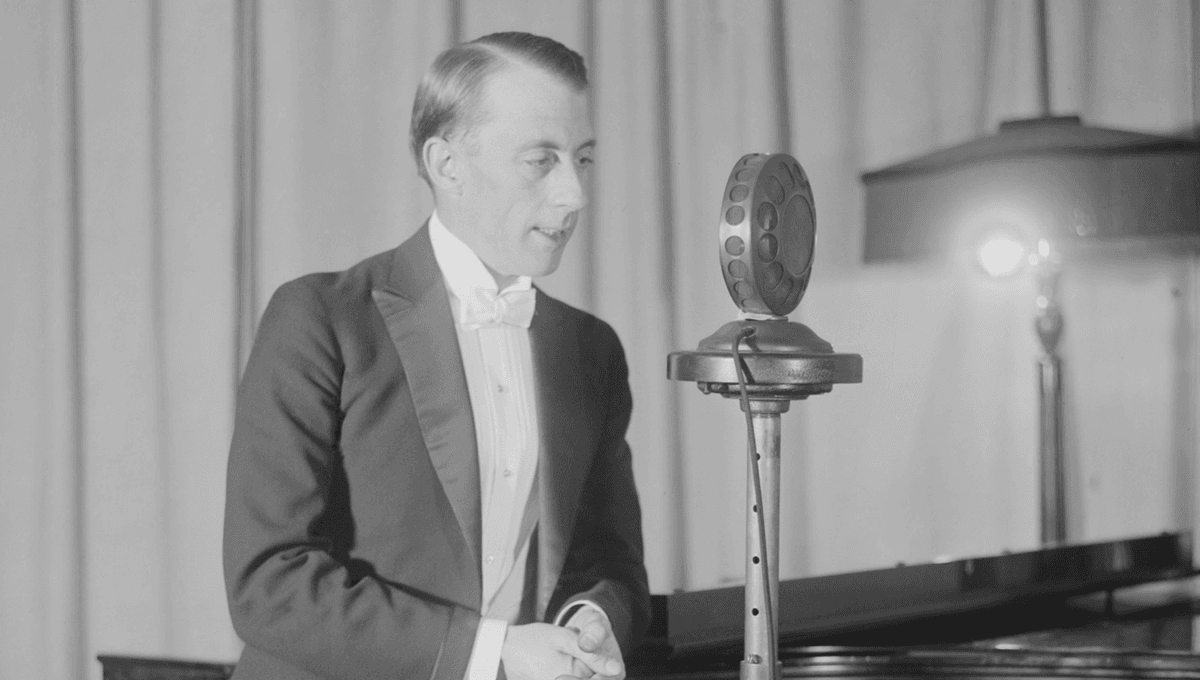
In the days before television (anyone remember that?) and TikTok, being a radio announcer was one of the most sought-after jobs in the analog world. But landing the role wasn’t easy. Applicants had to prove they had the voice, clarity, and command of language to carry a broadcast. One of the ways stations tested them was with something called an Announcer’s Test, a deceptively tricky passage designed to trip up even the most confident English speaker.
They were crafted to push an announcer’s skills to the limit, packed with difficult pronunciations, tongue-twisting phrases, and uncommon vocabulary that demanded perfect diction and control.
According to Phillips Carlin, an American pioneer radio broadcaster known for announcing the World Series in the 1920s, one such Announcer’s Test went like this:
“Penelope Cholmondely raised her azure eyes from the crabbed scenario. She meandered among the congeries of her memoirs. There was the Kinetic Algernon, a choleric artificer of icons and triptychs, who wanted to write a trilogy. For years, she had stifled her risibilities with dour moods. His asthma caused him to sough like the zephyrs among the tamarack.”
This example is reported in the book I Looked and I Listened: Informal Recollections of Radio and TV by Ben Gross, although there were many other examples in circulation at the time.
You might notice that the passage contains a diverse range of letters and sounds, although it’s not a pangram – a sentence that contains all the letters of the alphabet – because it doesn’t feature a J, Q, V, or X.
It also contains several unusual words that aren’t widely uttered and could easily throw people off. The name Cholmondely, for instance, is pronounced like “Chum-lee,” while Dour can be pronounced “door” (if you’re British) or “dow-er” (in an American accent).
Try giving the passage a read for yourself: how was it? Remember, these tests weren’t just for fun, they could make or break an audition for a very coveted job. A flubbed syllable or misread word could cost a candidate the job, especially in an era when live broadcasting left no room for error.
Today’s TikTokkers don’t know how easy they’ve got it.
Source Link: This Radio Announcer Test From The 1920s Would Befuddle Even The Best English Speakers